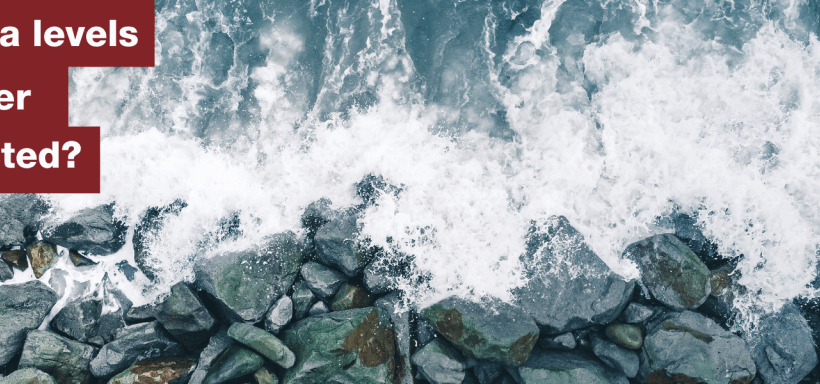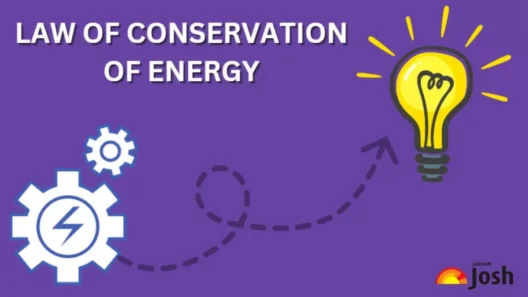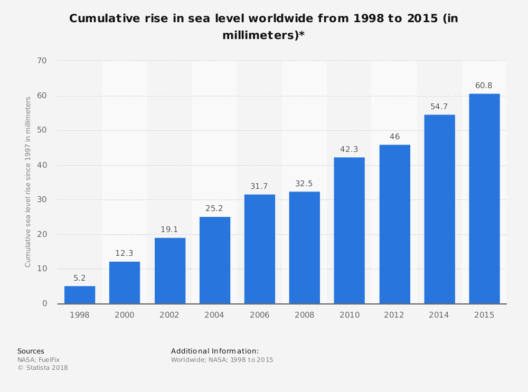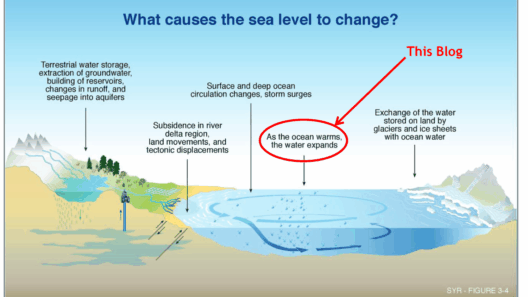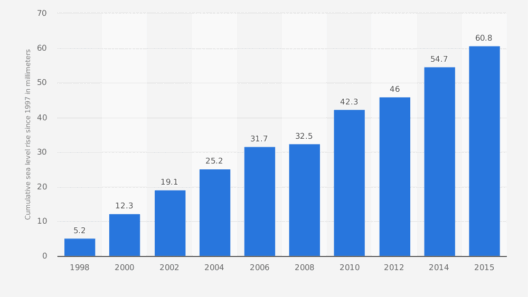As we gaze upon the brimming horizons of vast oceans and serene coastlines, a thought emerges: what would happen if these tranquil waters surged to ancient shores? Rising sea levels represent one of the most pressing environmental challenges of our time. Increasingly higher waters pose inexorable risks that can alter landscapes, economies, and communities. But what precisely are the dangers of this phenomenon, and why should we be concerned?
Understanding the mechanisms behind rising sea levels is crucial. There are two principal contributing factors: thermal expansion and the melting of ice masses. As global temperatures rise, oceans absorb heat, causing water to expand and take up more volume. Concurrently, monumental glaciers and ice sheets in Antarctica and Greenland are melting at an alarming rate, pouring vast amounts of freshwater into the seas. This dual threat is not merely a scientific curiosity; it is a clarion call. The risks of such changes need to be examined comprehensively.
What are the implications of higher sea levels on human populations? Let’s dive deep into this conundrum.
The Entire Coastal Ecosystem at Stake
Coastal ecosystems are among the most biodiverse and productive areas on the planet. Salt marshes, mangroves, and coral reefs provide essential resources for both marine and terrestrial life. Yet, as sea levels rise, these vital ecosystems face significant threats. Saltwater intrusion alters the delicate balance of freshwater systems, endangering species that rely on specific conditions for survival. The loss of these ecosystems can lead to diminished fisheries and reduced biodiversity, both of which are pivots in the wheel of human survival.
Additionally, coastal habitats serve as natural buffers against storms and flooding. When sea levels encroach upon these areas, the protective barriers dissipate. Storm surges become more devastating, leading to increased erosion and habitat loss. This loss of coastal protection not only endangers wildlife habitats but also places human communities in jeopardy.
Impacts on Human Settlements
The risks extend beyond the picturesque coastlines. Major cities such as New York, Miami, and Jakarta are grappling with the imminent threat of rising seas. As the water creeps higher, displacement becomes inevitable. According to projections, millions of people could be forced to leave their homes due to flooding and inundation. Can we imagine the magnitude of such an exodus? Not only would it create a humanitarian crisis on an unprecedented scale, but it would also strain infrastructures and dramatically reshape demographic patterns.
Urban areas that have thrived for generations may find themselves submerged, and the challenge of adapting to this new reality becomes paramount. Politically, this scenario evokes questions about governance, resource allocation, and rebuilding efforts. The governance of coastal regions must integrate foresight strategies that account for environmental policies, urban planning, and community resilience.
Economics in a Shifting Paradigm
Beyond social and ecological aspects, the economic repercussions of rising sea levels are profound. Coastal economies heavily depend on activities such as tourism, fishing, and shipping. As sea levels rise, these industries face existential threats, jeopardizing jobs and livelihoods. When beach resorts begin eroding beneath the waves or fisheries dwindle due to habitat loss, the economic ripple effects can lead to instability within local economies.
Moreover, the cost of protective measures can be astronomical. Investments in sea walls, levees, and other types of infrastructure require significant financial resources, often stretching government budgets. Some areas may find themselves unable to afford necessary adaptations, leading to further vulnerability and inequality among communities. Thus emerges a pressing challenge: who pays for this reality, and how do we prioritize funding for those most affected?
Global Interconnectedness of Rising Waters
Rising sea levels are not merely a local concern; they represent a global issue. The interconnectedness of our world means that the consequences of one region’s struggle can reverberate through economics, politics, and ecosystems worldwide. The refugee crises arising from small island nations like the Maldives sinking into the sea illustrate how regional catastrophes can trigger global repercussions. These realities compel us to rethink our understanding of climate change — an intricate web that binds us all, yielding both challenges and opportunities for meaningful change.
The Power of Adaptation and Innovation
Despite the daunting challenges posed by rising sea levels, there exists an opportunity for innovation and resilience. Communities around the world are exploring adaptive approaches to living with water. Concepts such as floating architecture and dynamic urban planning propose forward-thinking solutions that can mitigate risks. Policymakers are beginning to embrace green infrastructures—strategies that harness nature’s power to combat climate impacts and restore ecosystems.
Research and investment in sustainable technologies will be paramount in combating the realities of rising seas. Restoration of mangroves and wetlands, for instance, not only serves as a defense against coastal flooding but also enhances carbon sequestration, improving resilience against climate change.
In conclusion, rising sea levels are not merely an abstract concern; they represent an urgent multifaceted dilemma. The promise of a serene ocean must be countered by the reality of future incursions on shores. Each ripple of water carries the potential for disaster, but it also brings a tide of opportunity for collaboration and innovation. The challenge lies not only in addressing the immediate threats but also in fostering a collective response that ensures our survival and the preservation of our planet for generations to come.



